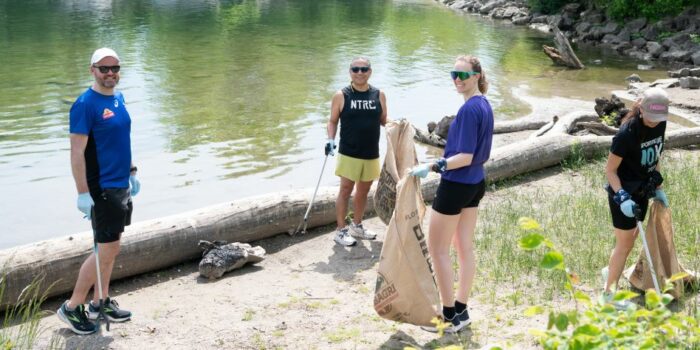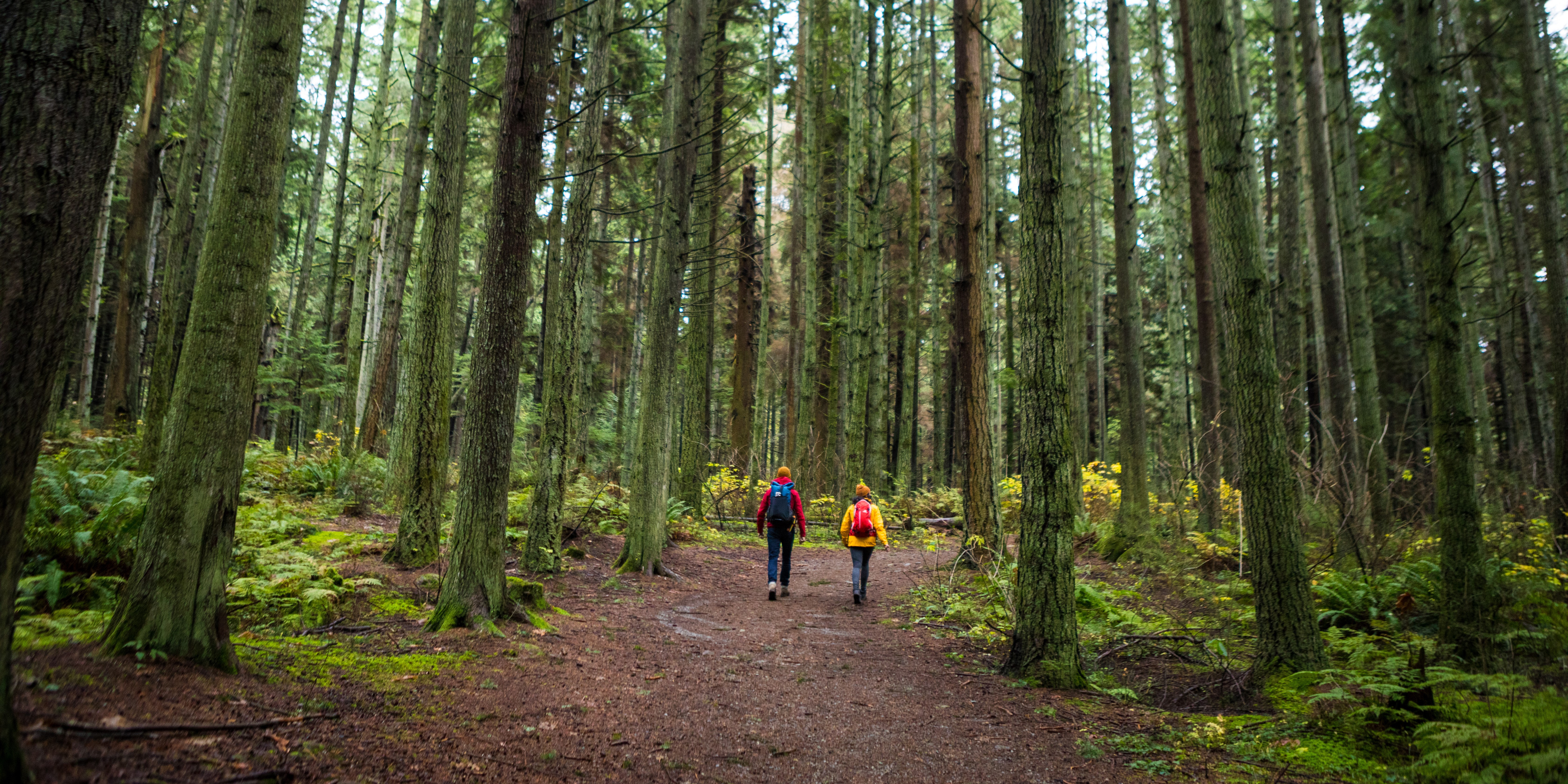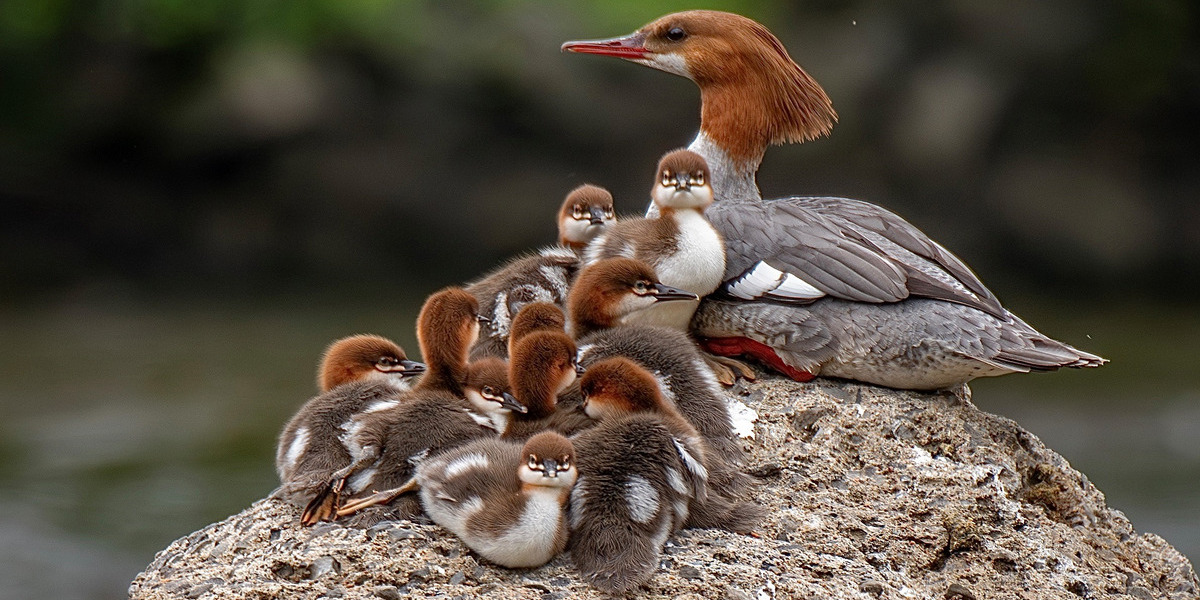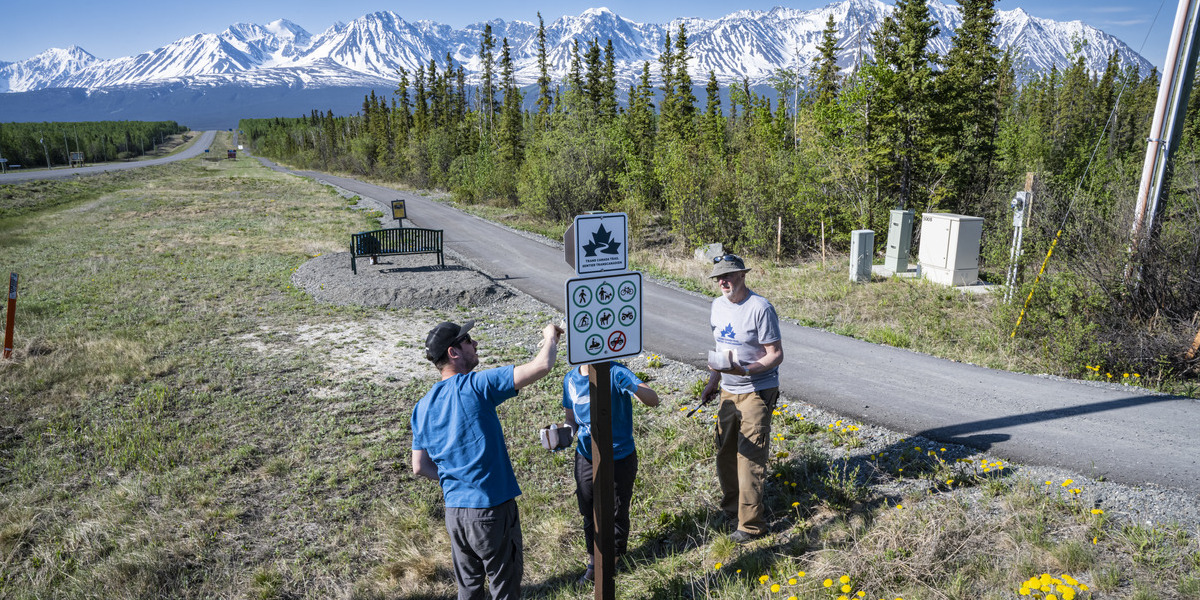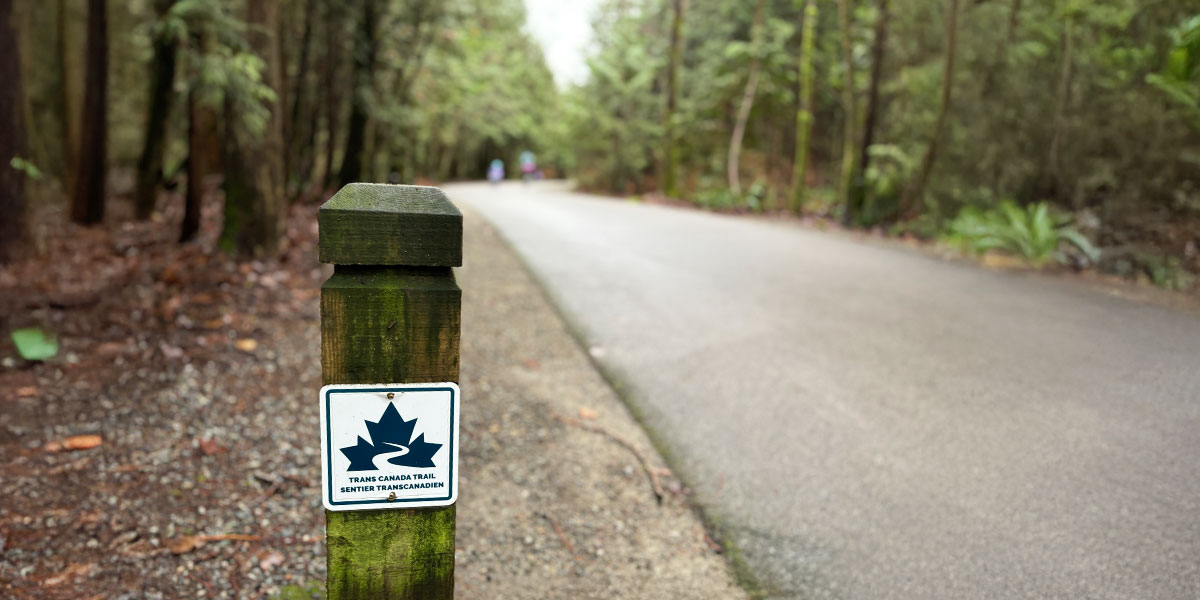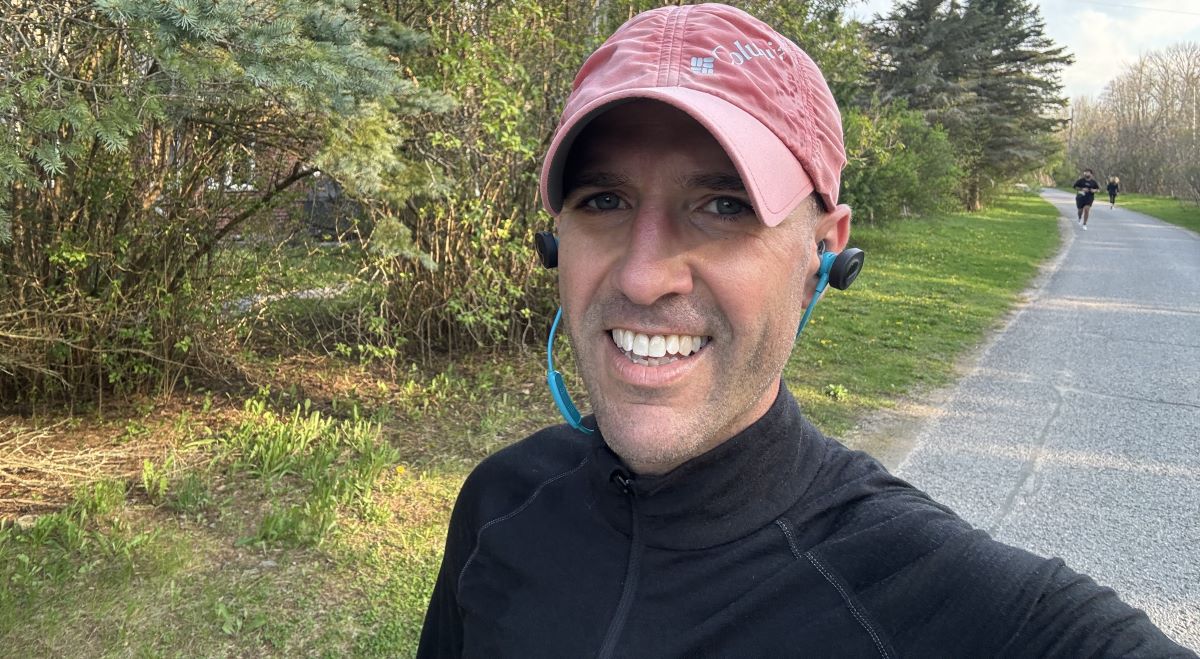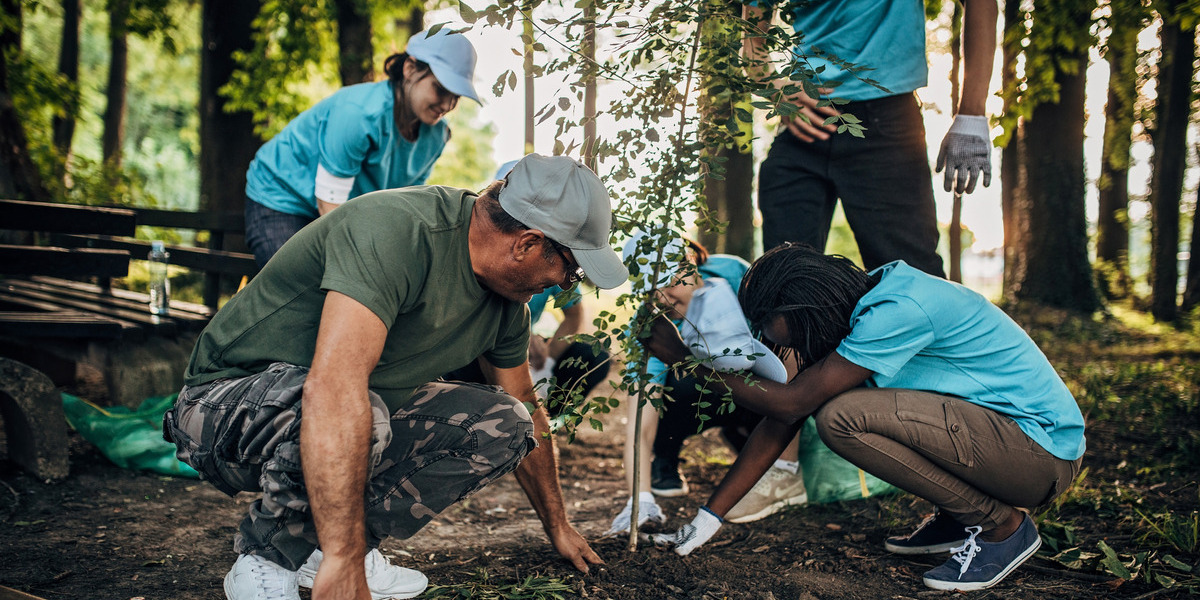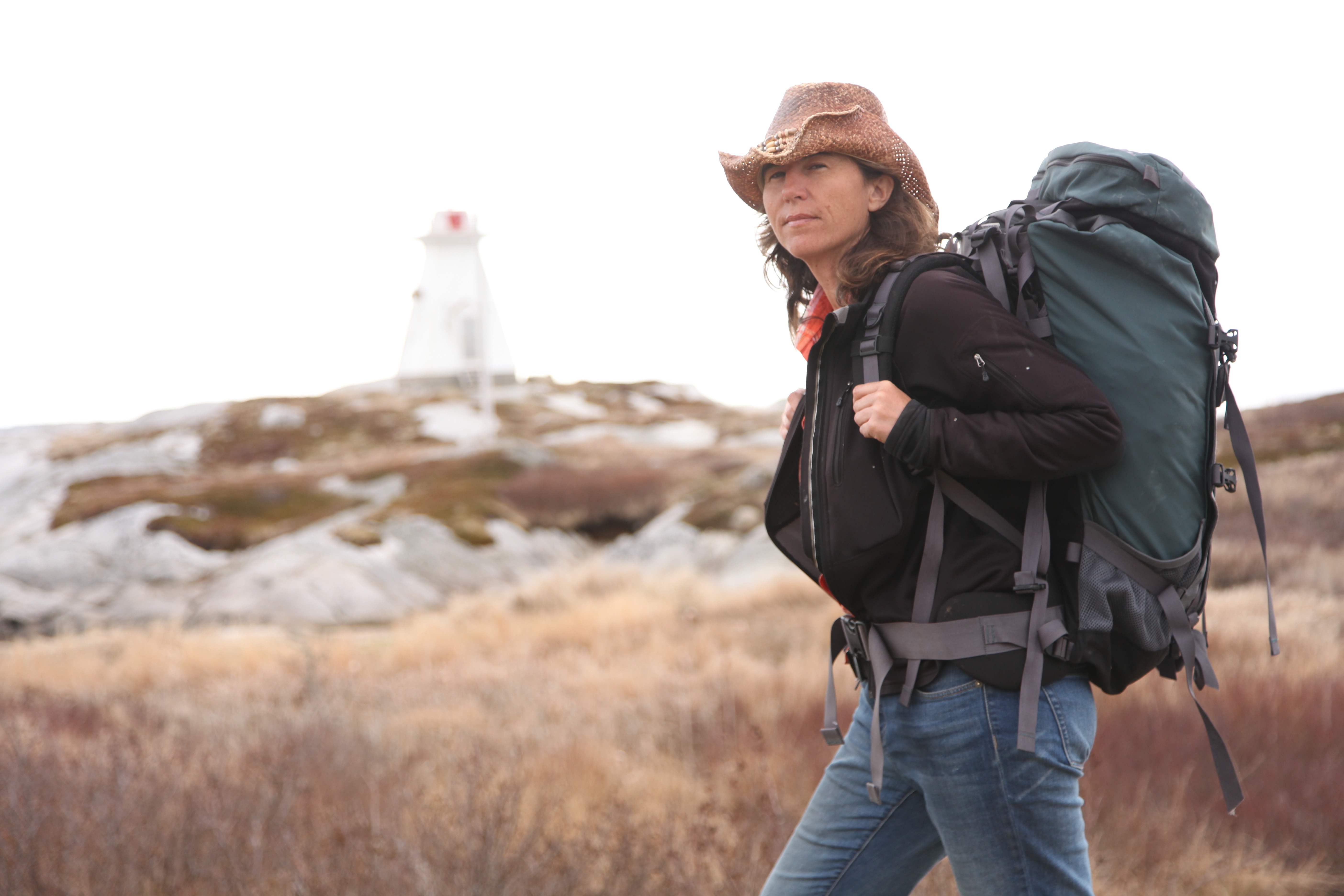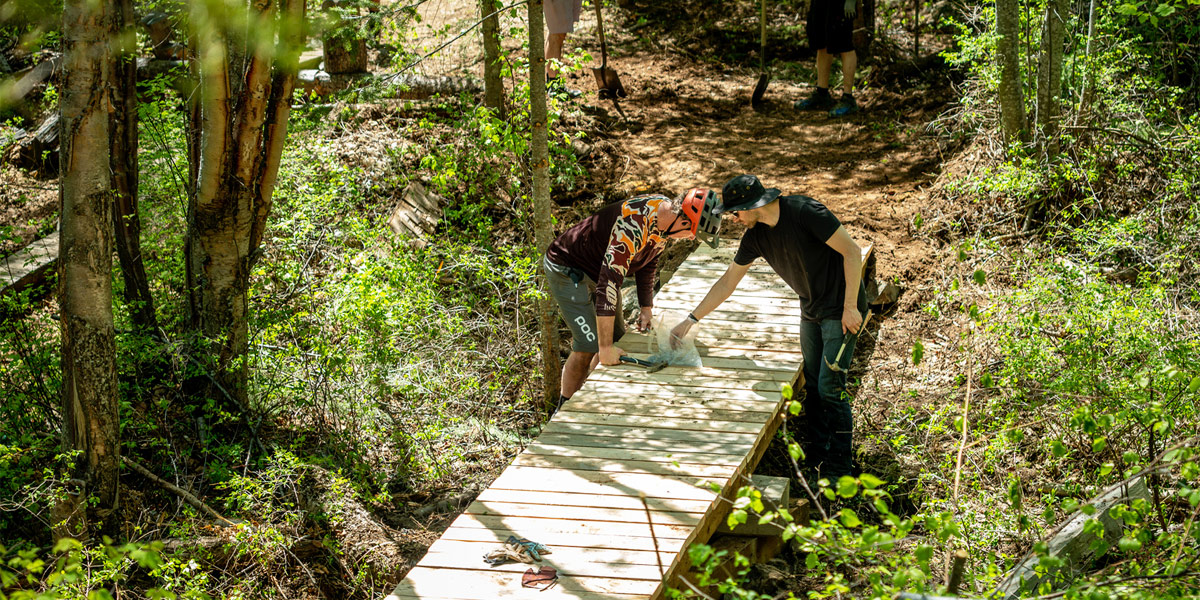Q & A with an Official TCT Partner (NS): Vanda Jackson , Executive Director, Nova Scotia Trails Federation

TCT: A big part of what we’re doing at the TCT is working with partners at the local level to get the TCT connected across the country by 2017, the 150th anniversary of Canadian Confederation. How does that play into the work you do?
VJ: Here in Nova Scotia our local trail partners are working diligently to connect the Trans Canada Trail in Nova Scotia by 2017. We are working with thousands of volunteers, organizations, all three levels of government, and First Nation communities along the Phase 1 route in Nova Scotia. We are currently 38% connected in Nova Scotia so there is a real sense of urgency in this province. We are looking forward to reaching 100% connection and would urge all Nova Scotian’s to assist us and our partners across the province in reaching that goal.
TCT: How is the TCT most commonly used in Nova Scotia?
VJ: The Trans Canada Trail in Nova Scotia is diverse and consists of a variety of trail types from abandoned rail lines, to footpaths and paddling routes. Users of the Trans Canada Trail in this province vary from walkers, hikers, snowshoers, cross country skiers, cyclists, horseback riders, to snowmobilers and ATVers. There is something for everyone in our province and because we are surrounded by the sea, significant sections of the trail like the Celtic Shores Coastal Trail, Salt Marsh and Atlantic View Trails boast spectacular coastal vistas.
TCT: Tell us about the history of the TCT in the Nova Scotia.
VJ: The Nova Scotia Trails Federation (NS Trails) has been the provincial partner in Nova Scotia since the TCT’s inception. The concept of the TCT was introduced in at a national trails conference at Trent University in the early 90’s. Volunteers and provincial government representatives from Nova Scotia who attended the conference brought the idea back and the Nova Scotia Trails Federation agreed to take it on. A committee was formed to work on the project with long time trail volunteer Stan Slack at the helm. A couple of years later, retired school teacher Vera Stone took on the role of Chair and began travelling the province to build support and volunteer capacity in the early years of the project. Most community trails in this province are built and managed by volunteers so getting the project to where it is today has meant developing volunteer capacity to build and manage sections of trail making up the TCT route in Nova Scotia. The support of the provincial and federal governments along with municipalities, corporations, landowners and donors have also been crucial to the development of the TCT in this province.
TCT: What are some of the biggest challenges involved in building trails in Nova Scotia?
VJ: Building volunteer capacity and gaining access to land for the trail have been the two biggest hurtles in our province. Trails in Nova Scotia for the most part are built based on a community development model.
Under that model, the community decides to build a trail and takes on the responsibility of developing the trail, maintaining it and managing it. It has long been felt that having community buy-in and ownership make the trails in our province more sustainable in the long term. In some provinces, the route of the TCT is built on former abandoned rail line. While parts of the TCT in Nova Scotia were built on the old rail line, we didn’t have the luxury of an entire route based on rail line. This has meant our volunteers have had to negotiate landowner permissions to develop the route and it is also the reason the types of trail and uses on the TCT here are so varied. In Cape Breton, this was a particular challenge and so we began thinking about the Bras d’Or Lake and the potential of developing a spectacular and culturally significant paddling route around this UNESCO World Heritage Site and Biosphere. When complete, the Bras d’Or Lake Water Route is expected to offer over 300 kilometres of prime paddling opportunities showcasing the history, culture and natural beauty of the area.
TCT: What are the challenges of maintaining the trails?
VJ: Because of our community development model, volunteers are responsible for maintaining and managing their trails. This means our dedicated community-base trail groups must raise the funds they need to not only build the trail but to maintain it for the use of Nova Scotians and visitors alike. Maintenance dollars in this province are not readily available and so that can be a challenge for our volunteer trail groups. The weather has also been a challenge at times as we seem to be experiencing more severe weather which has caused damage over the years to some of the coastal sections of the TCT in Nova Scotia. Thankfully our volunteers are extremely dedicated and have not let the weather-related damage to their trails deter them. Our challenge as we head into the future will be to recruit youth into our trail organizations. Our trail volunteers are aging and our trails in the province can’t maintain themselves. We need to get youth involved and provide them with the training and skill sets to ensure our communities can continue to enjoy the exceptional trails our volunteers have worked so hard to build. The trails movement has so much to offer young people from the ability to gain valuable volunteer work experience, the personal reward of contributing to the health and well-being of their communities, along with the opportunity to connect with nature and other like-minded people and build lasting friendships and memories.
TCT: Tell us about other critical partners, people or organizations invested in connecting the Trail in NS?
VJ: We have so many incredible partners it is difficult to single any particular partner out. Without our thousands of volunteers, the support of all three levels of government, community organizations, corporate and individual donors along with landowners over the course of more than 20 years this dream would not be approaching reality in Nova Scotia. . We still have a lot to accomplish prior to 2017 and we are continuing to welcome additional partners on this final leg of our journey. We are looking forward to celebrating 100% connection with all our partners in 2017.
TCT: What is the best part of your job?
VJ: The best part of my job as Executive Director of NS Trails is working with the thousands of dedicated community volunteers who are passionate about trails and providing recreational trail opportunities in their communities. Our volunteers really care about their communities and are working diligently to not only connect the TCT in Nova Scotia by 2017 but to enhance the health and economic well-being of their communities. It is very rewarding to see our volunteers achieve their personal, group and community goals. Working with the volunteer groups involved in connecting the TCT in Nova Scotia has the added reward of contributing to a magnificent national legacy project that is connecting Canadians and our country from coast to coast to coast. Really, what could be more rewarding than that!


